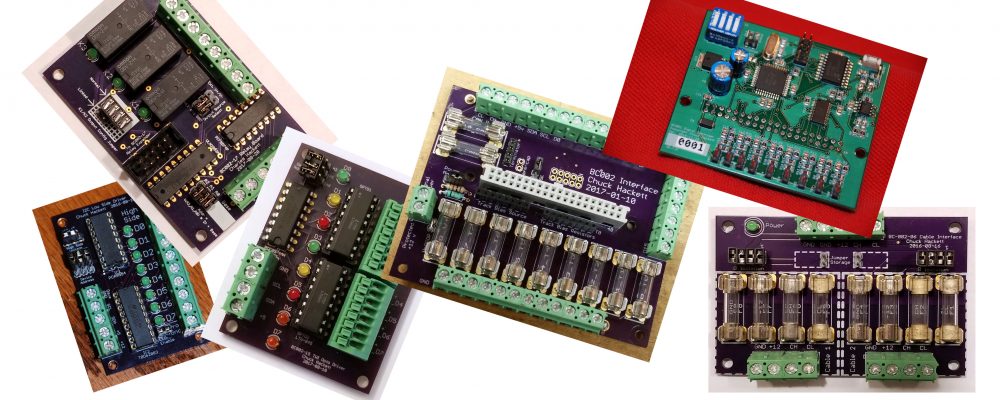 In this discussion I will attempt to lay out why ABS and APB signals alone are not the answer for ride-on railroad signals.
In this discussion I will attempt to lay out why ABS and APB signals alone are not the answer for ride-on railroad signals.
Using Absolute Block Signals (ABS) or Absolute Permissive Block (APB) signals is not sufficient for use on ride-on railroads unless that railroad implements one or more of the following:
- A dispatcher
- Time Tables
- A Track Warrant system
This is because a ‘Clear’ signal in these systems does not mean that the train ‘has permission to enter the block’. It only means that the track ahead is unoccupied (I am ignoring “Approach” aspects for simplicity).
In ABS/APB systems, the “permission to enter” is granted by a dispatcher, Time Table, Track Warrant, etc.
ABS signals are typically used in uni-directional territory to provide train separation. They are not sufficient for bi-directional running.
APB signals are used in bi-directional territory but they do not guarantee that no two trains will enter the section at the same time.
In full-size practice you will never see an APB section that does not have at least one set of intermediate signals. This is because it is possible for a train to be cleared into each end of the section (i.e.: given a ‘Clear’ – Green signal) at the same time – even with “tumble-down” in use.
After passing the ‘Head’ signal, each train will see the signal change from Clear to Stop aspect. At the next intermediate signal both trains will see a ‘Stop’ signal. Neither train will be able to proceed until they determine why they are facing a Stop signal (using radios, walking the track, etc.). One of the trains will have to back up (perhaps a long way) to clear the deadlock.
(See also: “Two trains simultaneously passing the headblock signals at green” on Carsten Lundsten’s signaling web site)
If a ride-on railroad were to implement APB signals without at least one intermediate set of signals a “Cornfield Meet” would result in the case above.
Obviously, these conditions (deadlocks, trains having to backup, Cornfield Meet) are not acceptable in the ride-on railroad environment – especially at a large meet.
The “permission to enter” (i.e.: “take a Clear signal”) is in the area of “Traffic Flow Control”. In full-size, this function is provided by a dispatcher, Time Tables, Track Warrants, etc. not the signal system which is designed to provide train separation.
A dispatcher is sometimes used on ride-on railroads to provide Traffic Flow Control, but at a large meet:
- Radio chatter can get excessive
- Engineers must be familiar with dispatching
- Engineers must know the locations on the railroad (to know where they have been cleared to, etc.)
The railroad must also operate in ‘degraded’ mode (uni-directional, etc.) when no dispatcher is present – which is typically the majority of the time.
For a description of how improved Traffic Flow can be achieved with my signals, see: Improving Traffic Flow: Signaling A Wye
